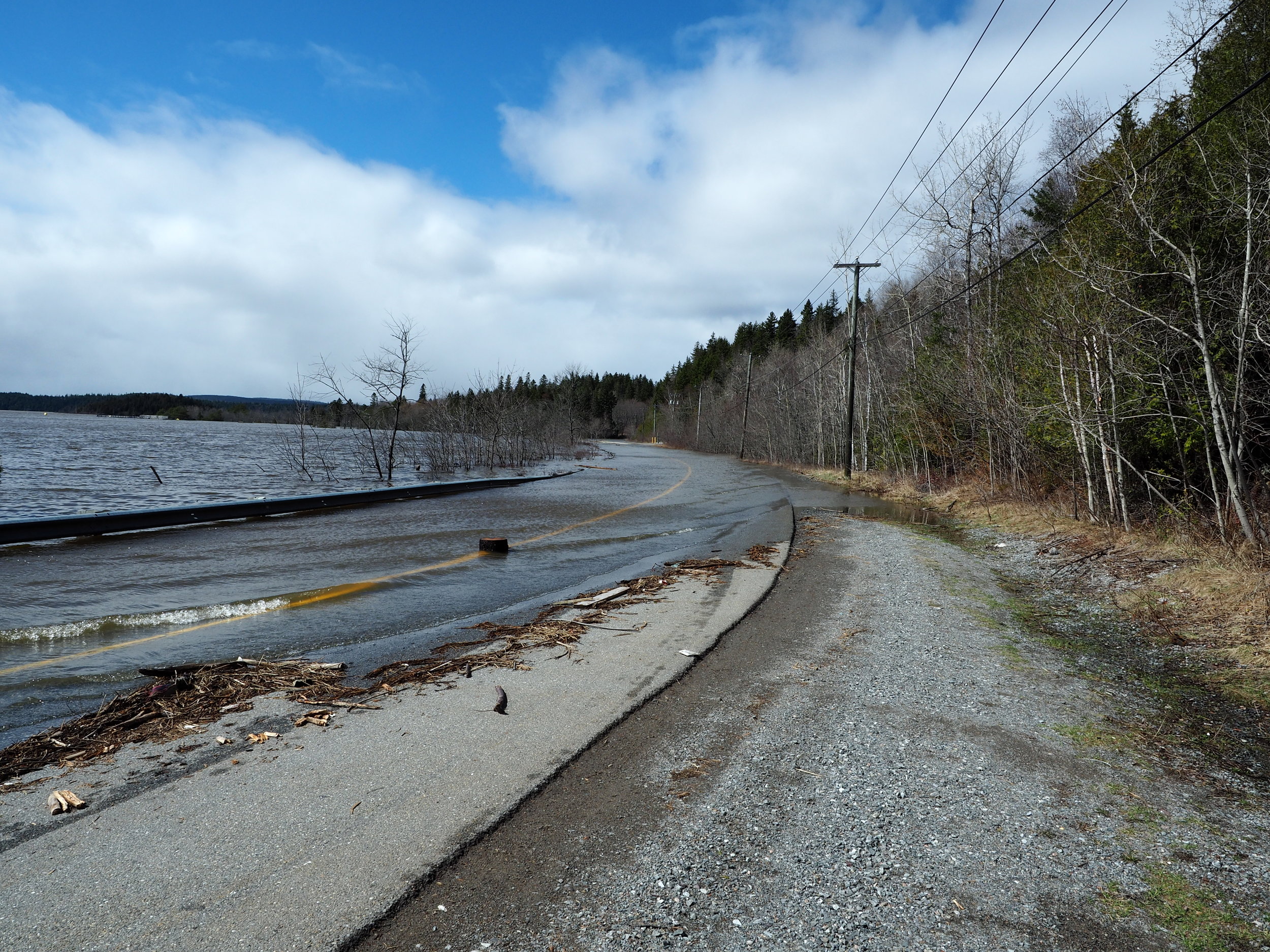Protect, Accommodate, Retreat
The 2019 flood: the second major flood event in New Brunswick in the past year, the third in the past 11 years. As of May 2019, approximately 639 households have registered with the Red Cross for flood relief support. The response from last year’s “once in a century flood” was major, individuals and communities came together to help one another through this natural disaster. People were comforted by the thought that this probably wouldn’t happen again for another ten years, but the reality is, as the climate changes these events will become a more common occurrence. After two floods in a row, people are already feeling the fatigue that recurring events can bring. When recovering from back to back flooding events many people want to know, what can they change so that this doesn’t happen to them again?
Essentially there are three options that people living in flood prone areas can choose to adapt: protect, accommodate or retreat. With each option, comes its own set of costs and challenges. Whichever option you choose (or combination of options) will be the one that makes the most sense with your physical location, available resources and time.
(Natural Resources Canada, 2016)
Protect: This method includes setting up an either temporary or permanent structure between a waterway and infrastructure that will hold back flood water. While sandbagging can be an effective flood protection measure, it is time consuming and physically demanding work. Many volunteers made themselves available to help sandbagging in 2018 and 2019, and the military provided assistance in 2019. After floodwaters recede, homeowners are then left with wet, heavy and potentially contaminated sandbags that need to be disposed of in the landfill.
Sandbags holding back floodwater (Eastern Ontario Network, 2018)
Other temporary protection devices include “Water Gates,” Water Inflated Property Protectors and interlocking flood barriers. These structures are reusable and can be easy to install. Investing in alternative kinds of flood barriers may save time and reduce the amount of manpower needed for protection.
Photo: Interlocking flood barriers, (Design 1st, 2018).
Other ways to protect your home from flooding is to move appliances and furniture to upper floors of your home, install a sump pump, and seal and cracks in your foundation or gaps around basement windows. Follow this link for more resources about flood preparedness.
Accommodate: The method requires altering infrastructure to be more resilient to flooding. This includes jacking up houses, adding basements or height to foundations, building homes on stilts, raising road levels (like Ragged Point Road, Saint John), redesigning basements to be able to withstand flooding, or restoring wetland habitat. If you qualify for Disaster Financial Assistance you may use up to 15% of the allocated funds for mitigation of flooding on your property.
Flood proofing is especially important if you use petroleum products for home heating or cooking. Ensuring vents and fill pipes for aboveground and underground storage tanks are above the 1 in 100 year flood line will avoid contaminating flood waters and causing further post-flood cleanup headaches. The province of New Brunswick has provided a Petroleum Product Storage Tank System Flood Protection Checklist to guide homeowners with home heating oil or propane tanks.
Retreat: Moving infrastructure away from risk zones. This method can be very costly, but will ensure that you will likely not be impacted by future flood events. Currently if 80% of the value of your home has been damaged by flooding, the Province of New Brunswick will buy out a home or property (Seventy-eight properties were bought out after the 2018 flood). Recently, the Government of New Brunswick bought three properties on Darlings Island and sold the homes with the requirement that they are moved out of the flood zone. Buyouts were also used in 2012 in Perth Andover after devastating flooding.
A fourth option for dealing with flooding is to avoid building in flood risk areas altogether. For this option to be successful, action will need to be taken at a policy level. Guidelines for floodplain management and updating flood hazard mapping will help governments make informed decisions when allowing new development. Individuals can keep this in mind as well when choosing where to build or if considering buying a new home that is within the flood zone. There are resources available on the GeoNB website that shows the 1973 and 2008 flood zones - this can be used as a guide for the public when searching for a new home or land.
We have learned many lessons over the past year and will continue to learn from this flood. As climate change progresses, floods in New Brunswick will become more common, so considering your options to protect, accommodate, or retreat can help to increase our resiliency to flooding events in the future.
Have you tried any methods to adapt to flooding? Leave us a comment or contact office@acapsj.org to share your story.
Kennebecasis Drive, 2019.
Sources:
Admin, E. (2018). “New Brunswick flooding to continue for ‘at least’ 5 days, state of emergency not ruled out” Eastern Ontario Network Television.
CBC Information Morning Fredericton (2019). “Province offers financial aid to owners of flood-damaged buildings. CBC News New Brunswick.
https://www.cbc.ca/news/canada/new-brunswick/jeff-carr-cottage-owners-flood-1.5121368
Campbell, A. (2012). “N.B. to spend up to $8M to relocate Perth Andover homes.” CTV News Atlantic. https://atlantic.ctvnews.ca/n-b-to-spend-up-to-8m-to-relocate-perth-andover-homes-1.980575
Design 1st (2018). 5 New Flood Prevention Products. https://www.design1st.com/5-innovative-flood-prevention-products-replace-sandbags/
Lemmen, D.S., Warren, F.J., James, T.S. and Mercer Clarke, C.S.L. editors (2016). Canada’s Marine Coasts in a Changing Climate; Government of Canada, Ottawa, ON, 274p. https://www.nrcan.gc.ca/sites/www.nrcan.gc.ca/files/earthsciences/files/pdf/NRCAN_fullBook%20%20accessible.pdf
New Brunswick Emergency Measures Organization (NB EMO) (2019). Disaster Financial Assistance Frequently Asked Questions. Government of New Brunswick. https://www2.gnb.ca/content/dam/gnb/Departments/pa-ap/pdf/Report_Damages/dfa_faq.pdf
NB EMO (2019). 2019 Freshet by the Numbers. Government of New Brunswick. https://www2.gnb.ca/content/dam/gnb/Departments/pa-ap/River_Watch/pdf/2019_freshet-e.pdf
New Brunswick Department of Environment and Local Government (2016). Petroleum Product Storage Tank System Flood Protection Guidance Checklist. Government of New Brunswick. https://www2.gnb.ca/content/dam/gnb/Departments/env/pdf/Flooding-Inondations/PetroleumProductStorageTankSystemFloodProtectionGuidance.pdf
Service New Brunswick (2019). GeoNB Map Viewer. Government of New Brunswick. http://www.snb.ca/geonb1/e/index-E.asp
Smith, C. (2019) “Province clears houses from Nauwigewauk flood zone”. CBC News New Brunswick.




